Tracing My Origins in Weeb Culture
A personal exploration on the history and state of modern anime
To all those who haven’t been living under a rock these past couple of years, one thing should be clear: Anime is officially mainstream now. Weebs have practically overrun the planet. You could go outside and pick up ten random people from the street; chances are, at least half of them watch anime regularly, and probably even the remainder enjoy the occasional binge of Code Geass or (sigh) Death Note.
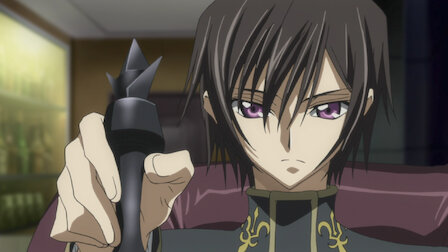
How did this happen? A lot of factors have contributed to the explosion in popularity that Weeb Culture has experienced recently. What used to be lame or uncool half a decade back is now suddenly all the rage. As a consequence, to someone like me, who has been living and breathing anime since grade school, familiar arenas suddenly feel new and unwelcoming.
Today, I’ll be taking a look at how the narrative around anime and manga has changed over the past years, as well as documenting my own journey and identity as a self-professed anime veteran.
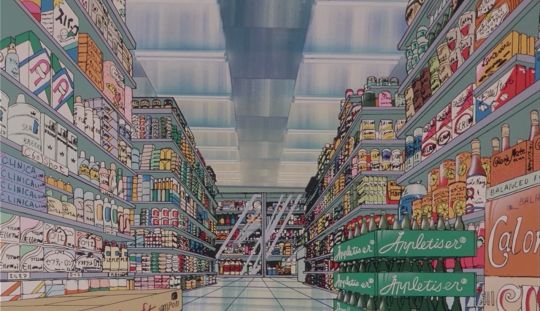
For a lot of my readers here, there was usually a single defining moment or series which triggered their ‘Anime Awakening’. It might not necessarily be the first series they watched, or the second, or even the third. But more often than not, there is a single anime title that many of my friends can point to and say: That’s the one that made me a Weeb.
For my male friends, those titles usually were either Naruto, Demon Slayer, Death Note, or Attack on Titan. For my female friends, they were Bungou Stray Dogs, Haikyuu, or Kamisama Kiss. For some of my Discord acquaintances across the world, it was almost always Hunter x Hunter, Food Wars, MHA, or Kakegurui.
There’s not much that these titles have in common other than they cater almost exclusively to a shonen or shojo audience (as does a significant majority of anime in general), and that with the exception of Naruto and DN, they were all released in the 2010s. Which essentially meant that they were ripe for the plucking, to be devoured by my peers, most of whom were teens or pre-teens.
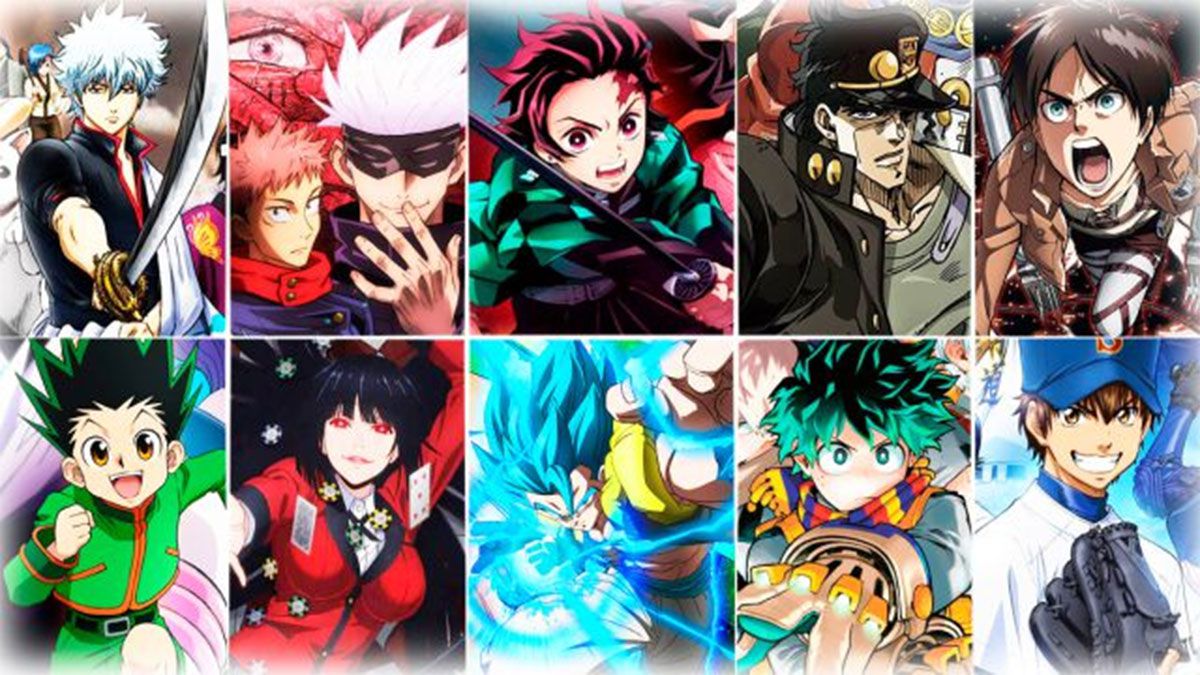
In contrast, however, there is no single series or title I can point to and say: That’s the one that made me a Weeb. For the longest time, I didn’t even identify as a Weeb. For me, watching anime was the most natural thing in the world, and consuming content in any other form, whether Bollywood or Indian animation, was simply unthinkable. I was quite literally unaware of anything else that could be viable enough for me to watch.
Of course, as a kid, American animated shows like Ben 10, Courage the Cowardly Dog, Johnny Test, and Tom and Jerry also took up a proportion of my watch time. But I was always very clear in making mental distinctions as to what exactly made these shows different from the anime series I normally watched.
At the same time, I found it hard to consider shows like Doraemon, Shin-Chan, Kiteretsu, Pokemon, Ultra-B, or Ninja Hattori as ‘anime’ in the traditional sense. This is in spite of the fact that they were all created and aired in Japan before arriving in India. The reason is that the Hindi dubs for these shows had been so localised that they had lost everything ‘Japanese’ about them. Aside from the art style and character names, there was nothing that even remotely suggested anything about their Japanese origins.
An exception to this was the Dragon Ball franchise, which still managed to retain a semblance of its original heritage in spite of the atrocious dubbing. This is why I find it hard to take people seriously when they say, ‘Well, I have been watching anime since I was a kid. I loved Doraemon and Shin-Chan back then.’ Unless you made a conscious decision to go out of your way and watch anime as a child, not just passively consuming whatever was fed to you on television, you really can’t make that claim.
Anyways, so how did I get started with anime in the first place? As I mentioned, I never had a singular moment of ‘awakening’ in this regard. But if I had to look back, I probably have my elder brother to thank for leading me down this path. Back in the late 2000s, Indian channels often used to broadcast anime titles (REAL anime titles, not just your run-of-the-mill Doraemon episodes) in English and Hindi dubs. These included series like Inazuma Eleven, Detective Conan, and Kaitou Kid.
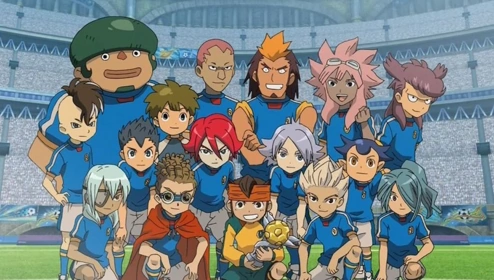
If stressed hard enough, I could probably admit that Inazuma Eleven was what provided the spark and lit the road across my darkened path as a Weeb. I remember watching the episodes with my brother at dinner time, fascinated with the superior animation quality and special effects.
The next one I vividly recall watching was Bleach, this time not on television, but illegally pirated on my brother’s laptop, in the original Japanese dub. I was maybe four or five years old at the time. I have fond memories of binging the feel-good filler episodes of Bleach: the beach episodes as well as the entire Zanpakutou Rebellion season.
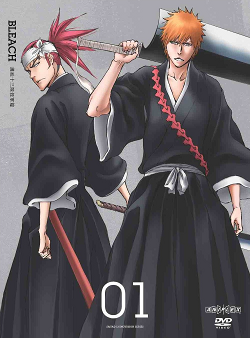
With this, the stage was now set. My transformation into a ‘Weeb’ (in quotes, as I didn’t consider myself one yet) was more or less complete, regardless of whether I wanted it or even knew what it meant. As the years passed, I put more and more series under my belt, such that by the time I was done with second grade, I even had a minor case of the Chuunibyou Syndrome.
For those unaware, the Chuunibyou Syndrome involves having grandiose delusions and being convinced of being special or a ‘Chosen One’. This era was short-lived, and I quickly moved on to dreams of creating my own series, walking around thinking up creative plot ideas for stories. However, the Chuunibyou Disease was destined to attack me again much later, in my middle school years, albeit in a slightly different form. We’ll read more about it below.
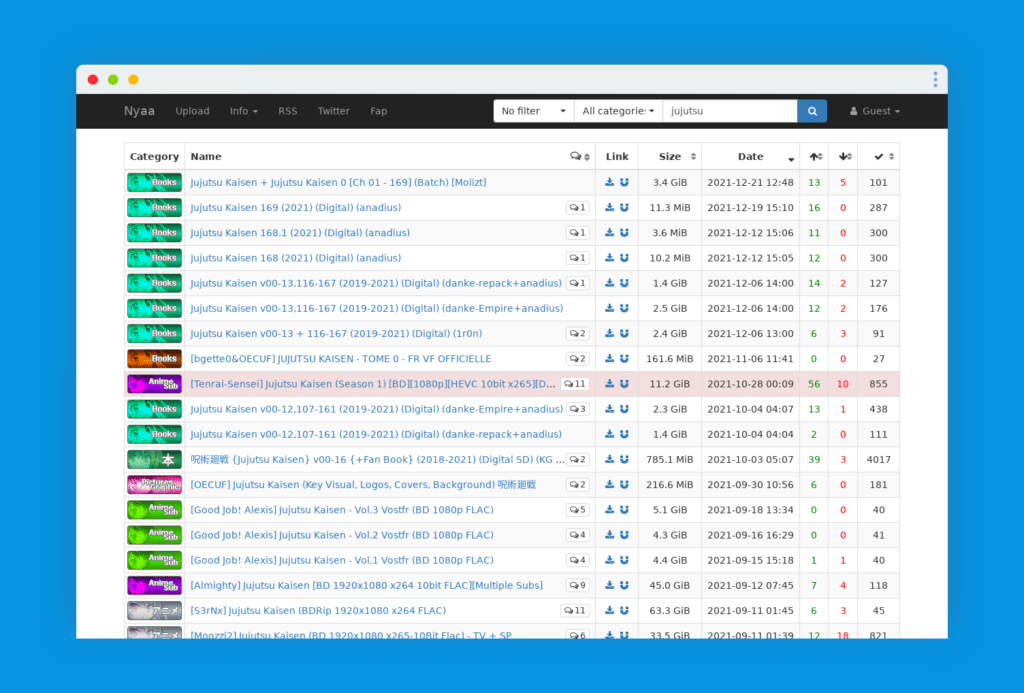
Back in those days, it was not as easy to consume content as it is today. Mobile data was slow and expensive, and awareness about Wireless Broadband was comparatively quite low. (For the record, I still maintain that the old days were better. Ever since the Jio Revolution made mobile data affordable, the Indian Internet space has gotten overrun with weirdos and cringe influencers. I believe you should be able to pass a minimum IQ test before being allowed to access the Internet. I also believe the majority of our population will fail this IQ test. But back to the topic at hand.)
More specifically, however, it was a lot more difficult to stream or download anime than it is today. The websites were sketchy (though they still are even now), the ads were dodgy and pornographic, and knowledge of cybersecurity was not up to par. This is why many people turned to torrenting, that is, direct peer-to-peer sharing of anime files.
Those were the days of KickAss Torrents (aka Kat(Dot)Cr), Nyaa (which is still popular today), and other torrenting services. The file sizes were usually massive, with a single season sometimes amounting to over 3-4 Gigs. For some hoarders, even a single episode could go up to 2 Gigs. It was by no means sustainable for a student living in a small town in India to afford so much storage. As a response, we turned to download ultra-small files, usually of low quality, with resolutions ranging from 360p to 480p.
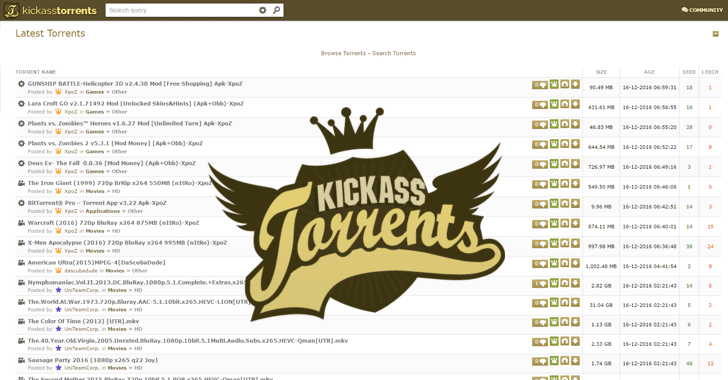
Using this method, one could accumulate a huge collection of locally stored anime without any risk of takedowns. Although piracy laws were and still are rarely enforceable in India, website takedowns could happen anytime anywhere, meaning streamers were always at risk of losing their anime library. With the advent of cheap and fast Internet, these issues were mitigated somewhat, but they still persist even today.
This was the time when websites such as Chia-Anime and Anime Freak were at their peak and when fan groups such as HorribleSubs, Dame Desu-Yo, GJM, Commie, and Kaleido-Subs were most active. I’ll always have a special corner in my heart for the fansubbing groups; they always managed to bring their own unique touch to their translations, putting in little notes and Easter Eggs for the viewers, explaining cultural references and jokes, and even translating signs and letterings.
Official subs nowadays don’t have that same charm anymore; they feel mechanical and alienating. Just like the Hindi-dubbed Doraemon episodes in India, it now feels as if they are trying too hard to localise and cater to their non-Japanese viewers. But what they don’t get is the viewers don’t really mind if the subs aren’t localised to a T. It just feels more natural and authentic that way. In contrast, corporate subs lack passion and consequently come off as stilted.
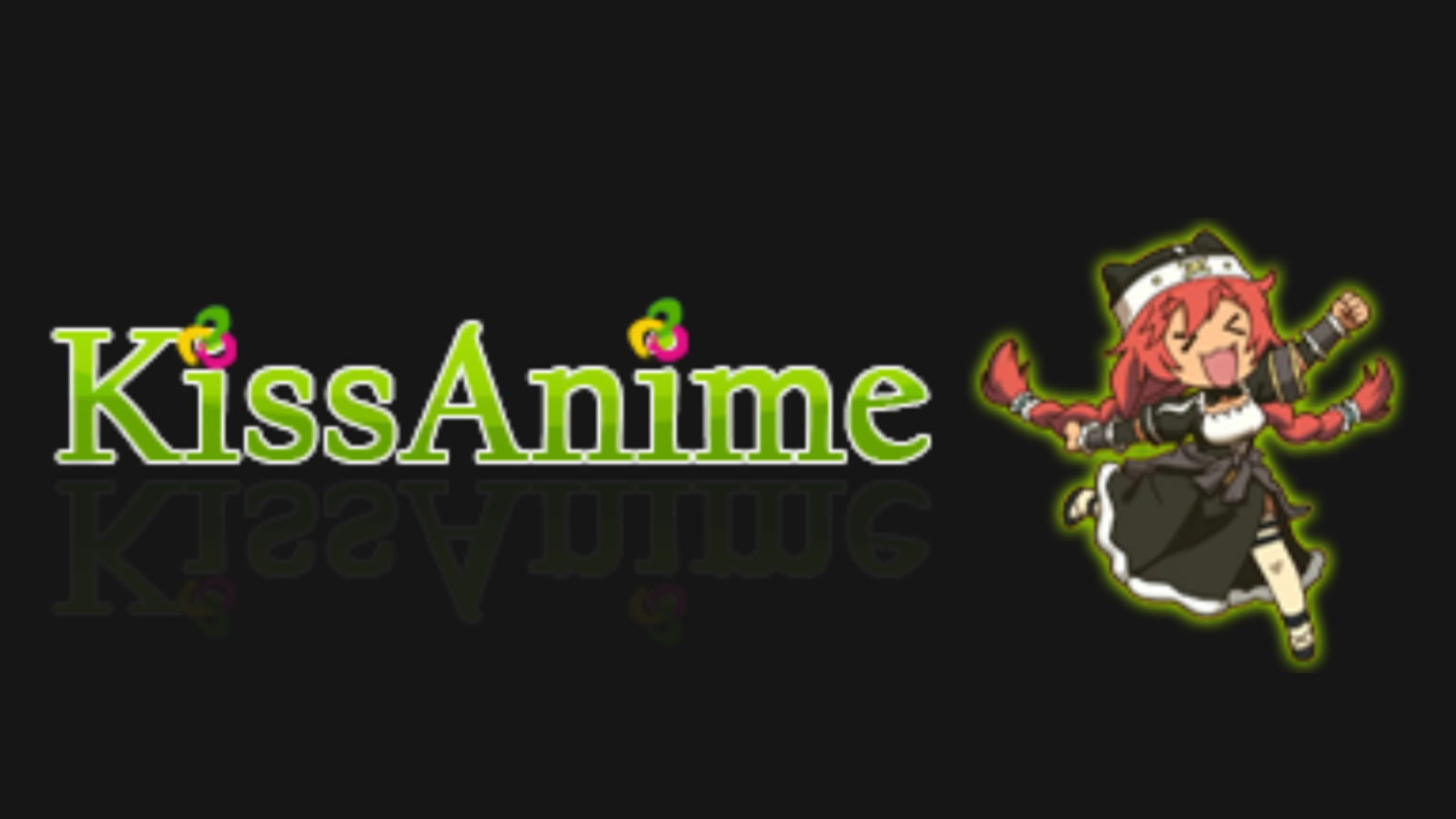
As the years rolled on and we entered the early 2010s, a behemoth was slowly emerging from the shadows. For a very long time, KissAnime was THE destination for all things anime. It was one of the largest anime streaming sites in the world and, for a short while, even the largest piracy site in the world.
It hosted by far the largest collection of titles I have seen to date, even containing incredibly obscure series from several decades ago. These series are still not available on any other website. Even if you would try to Torrent them, chances are you would find no Seeders. KissAnime was just that good.
As my elder brother moved away for college, I now had control over the main devices of the house. In the era of Windows Phone, Metro Design, Vine, and Zune, I was armed with only a BSNL Broadband connection and an overzealous curiosity. It was in this rapidly changing environment that I discovered KissAnime. Those were the days when Crunchyroll or Funimation were not dominant.
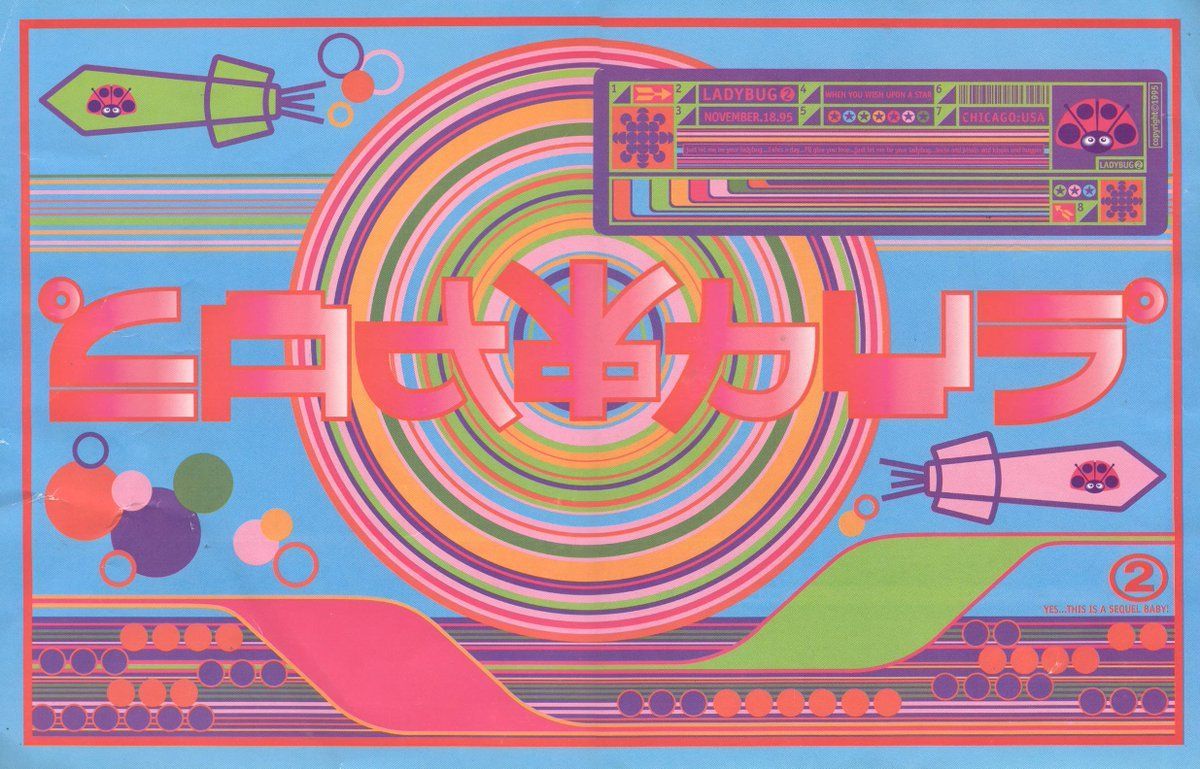
Millions of viewers logged into the website every day to both stream and download content, choosing one of its many hosting servers. My personal favourite was RapidVideo, which was unfortunately closed down due to technical issues. I then moved to an oddly-named Beta Server, which still more or less did the job.
I cannot express in words what KissAnime meant to me. I watched and downloaded hundreds of series, storing them in my local drive, and deleting other files to increase storage capacity. What was especially moving was the Disqus Comment Section that lay under every series page on the website. It prompted debate and discussion, speculation of fan theories of every kind imaginable.
But unfortunately, no good things last forever. KissAnime was constantly under fire for the illegal hosting of anime titles and managed to evade the authorities in every way possible. Finally, they were forced to close shop in India after a copyright lawsuit was filed by Disney against the website. KissAnime shut down on 14th August 2020.
After the death of KissAnime, platforms such as AniWatch and AniMixPlay came up and took over the mantle. They carried on for a good while but were ultimately forced to shut down from the same legal and technical issues that killed KissAnime. As of now, the only true remaining spiritual successor to KissAnime is GogoAnime. Other than that, it seems we’re back to the days of torrenting.
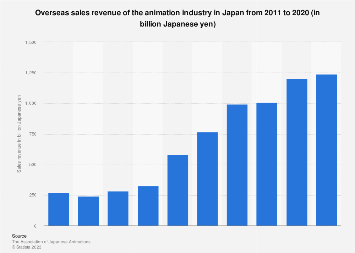
2020 was a pivotal year for the entire planet. Businesses closed down, economies imploded, lives were destroyed and built anew. Nothing was ever the same again. Unexpectedly, however, the pandemic also somehow managed to impact the anime community.
While I can only speak of contemporary events I see happening around me, I believe my experiences are more or less a part of a much larger movement in general. As lockdowns began and people were trapped at home, teens struggled to find an outlet to express themselves. Social Media provided one such outlet. Indian teens, in particular, became much more tech-savvy and in tune with the rest of the world population in terms of Internet lingo and meme culture. Of course, there were several social media trends that were exclusive to India (Scam 1992 and Indiranagar ka Gunda come to mind), but by and large, it exposed our population to the world outside.
One unexpected side-effect that arose from this development was the sudden rise in the popularity of anime. As teens communicated with each other through platforms such as Discord, and consumed content through new means such as TikToks and Reels, they were suddenly exposed to the world of anime. People recommended series to their friends, starting off almost always with Naruto or Death Note, talked at length about their favourite characters, purchased merchandise, and so on.
In India, brands such as ComicSense and Bewakoof expanded their anime collections. Anime communities were set up, and meet-ups and festivals were organised. Companies were tapping into this new demand. Netflix and Crunchyroll acquired new titles to expand their libraries, and many YouTubers started posting videos about anime. In a weird way, the pandemic seems to have been a real blessing for the anime industry.
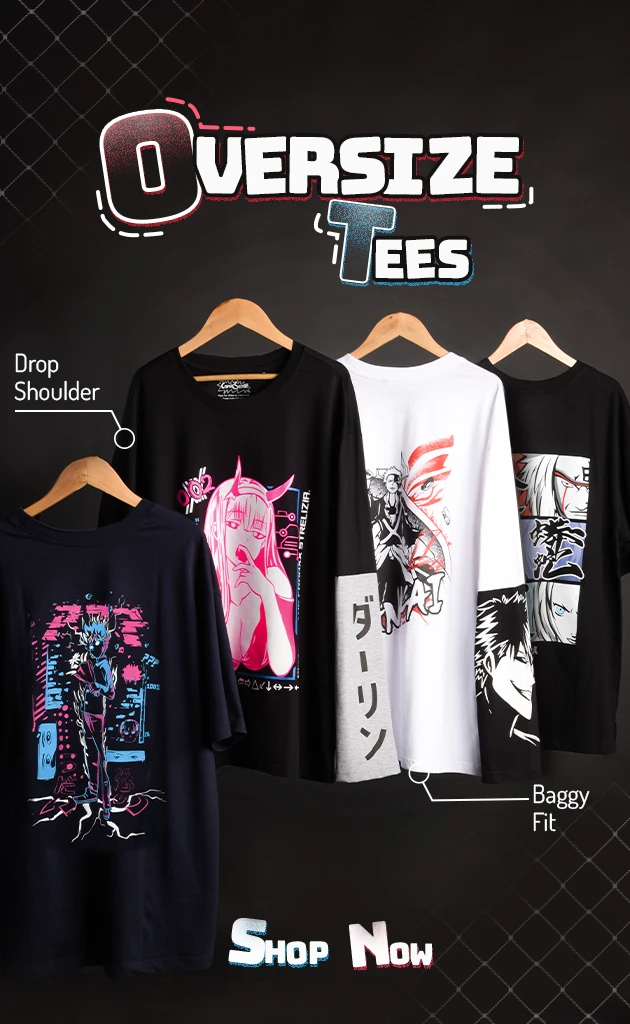
So, all that’s a good thing, right? Not exactly. With the explosion in popularity, the anime space has gotten more corporate and impersonal; the close-knit feeling of community is gone. I have personally seen the r/Anime subreddit go from less than a million members to over 6 million members in a mind-bogglingly short time.
What is even more infuriating is that the newer members seem only interested in discussing the latest seasonal fad or their favourite anime. There is zero appreciation for older, classic titles; if the animation is not flashy or shiny, they don’t even want to watch it. Their favourite series are either AoT, Naruto, or Demon Slayer, and if one tries to criticise any elements of these series, a hate brigade is launched upon them.
(What’s a little more irksome is when some people, especially women, happen to like both anime and manga as well as manhwa and Kpop. Pick a side, seriously.) (In case some people didn't get the hint, this was sarcasm.)
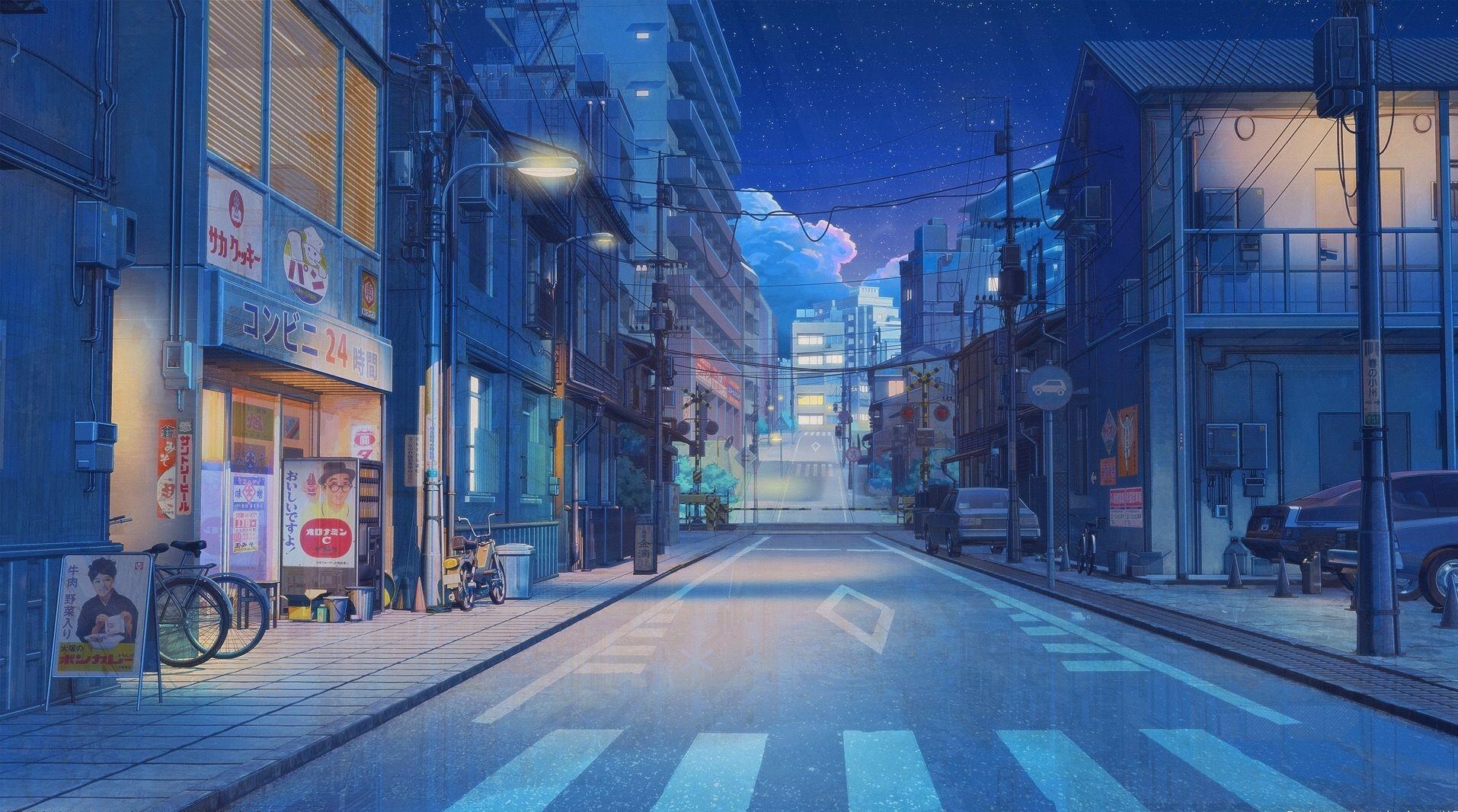
Admittedly, things have improved considerably now, in 2023. Not in the corporate sense, but at least in the community sense. Even the newer members now don’t hesitate to watch some older series. Most of them have realised that Studio Ghibli is just as good as Makoto Shinkai (though many of them like Studio Ghibli purely for the ‘aesthetic vibes’, but that’s a whole other issue).
On the business side of things, little has improved. Fansubs have died out, replaced by dry official subs. A large proportion of content is censored because of a hypersensitive Western audience, and streaming platforms are trying to monopolize distribution rights.
So, we can see that all is not well after the pandemic. The only thing one can’t deny is that 2020 has been a turning point in the history of anime; what used to be considered weird before is now watched and loved by millions. It was truly the Year of Great Divide.
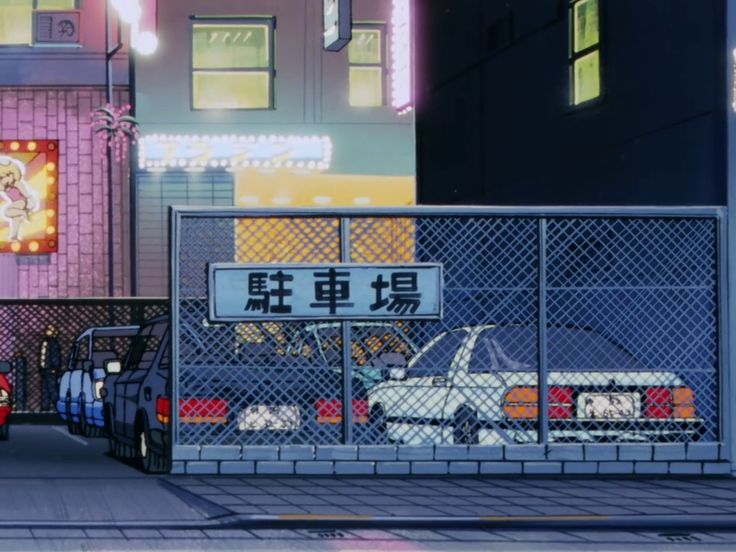
Some of this is meant to be taken with a grain of salt. As someone who has been watching anime since my toddler days, it’s hard to watch other people come and take over a space that previously belonged to you privately.
As a quiet kid in school, anime was one of my favourite pastimes. I had tried time and again during my middle school years to convince my friends to watch anime, only to be refused each time. And now those same friends were watching anime of their own accord after the pandemic, discussing their favourite series as if they knew more than me. It was a serious blow to my pride.
Then again, my friends didn’t really refuse every time. In sixth grade, I somehow managed to strike up a friendship with a dude who was also into anime. We formed a group in the class to discuss anime, especially Inazuma Eleven. As all of us were into soccer, we allotted ourselves two players each from the series, attempting to copy the player’s signature moves and special techniques.
We formed a special Anime Corner in the class softboard, where we put up drawings and pictures of characters, maintained diaries and scrapbooks containing anime character information and song lyrics. It was pretty fun, but we all drifted apart the next year. Wonder what might have been if I’d made the effort to stay in touch?
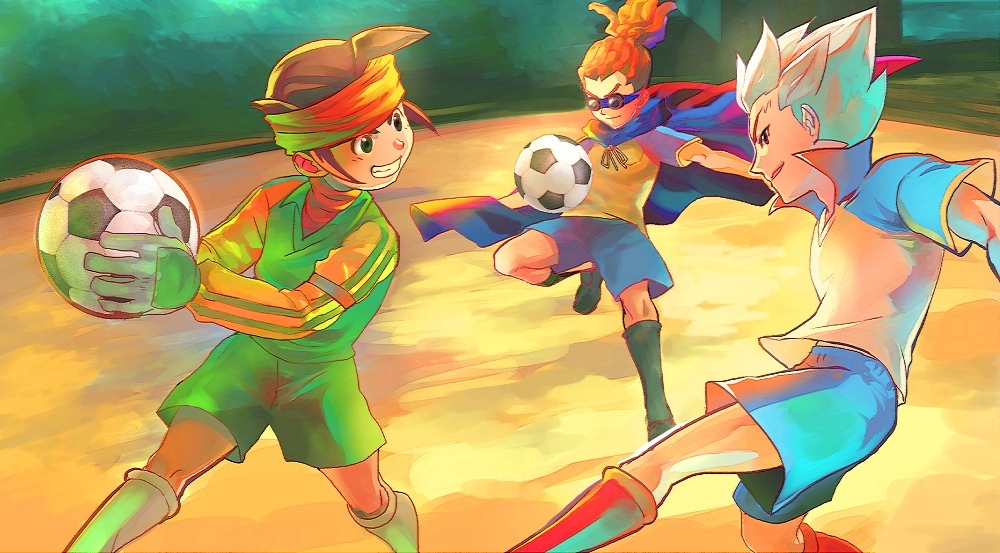
Part of the reason anime gets a bad rep is the sus scenes that come up sometimes. Another reason why unsupervised access to the Internet at such a young age is probably not the best idea – I watched High School DxD when I was eight years old, in the third grade. I love my parents, but by God, they gave me way too much freedom at a young age. Not that I’m complaining.
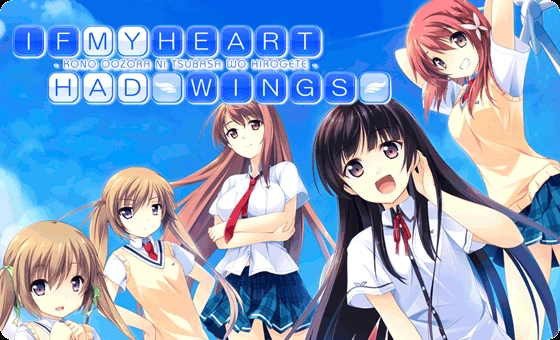
I remember in the fifth grade when I used to wake up before sunrise and sneak into my parents’ bedroom to grab my father’s phone. I’d downloaded an anime-themed visual novel from the Play Store called ‘If My Heart Had Wings’, a coming-of-age story about a group of high-school students who wanted to fly a plane. It had an amazing soundtrack that brings me to tears even today. Years later, I downloaded the uncensored, adult version of the visual novel on my PC, and played through half of it before realising it was practically an eroge. A very charming eroge, nonetheless.
My journey with eroge and high-school anime culminated in the 0verflow School Days franchise, consisting of the anime and the visual novels: School Days HQ and Shiny Days. For the uninitiated, I don’t want to spoil things, but I’ll just say that School Days was the most down bad anime I had ever seen back then, and the visual novels just cranked that up to 11. They were also unexpectedly heartwarming at times, and I loved their unpredictability. In fact, that was what triggered my second Chuunibyou Syndrome; this time, I was craving a high-school life similar to the ones I saw in anime, going out of my way to pretend that I was a main character. Looking back on it now is a little bittersweet, especially considering I'm not really sure how much I've changed since those days.
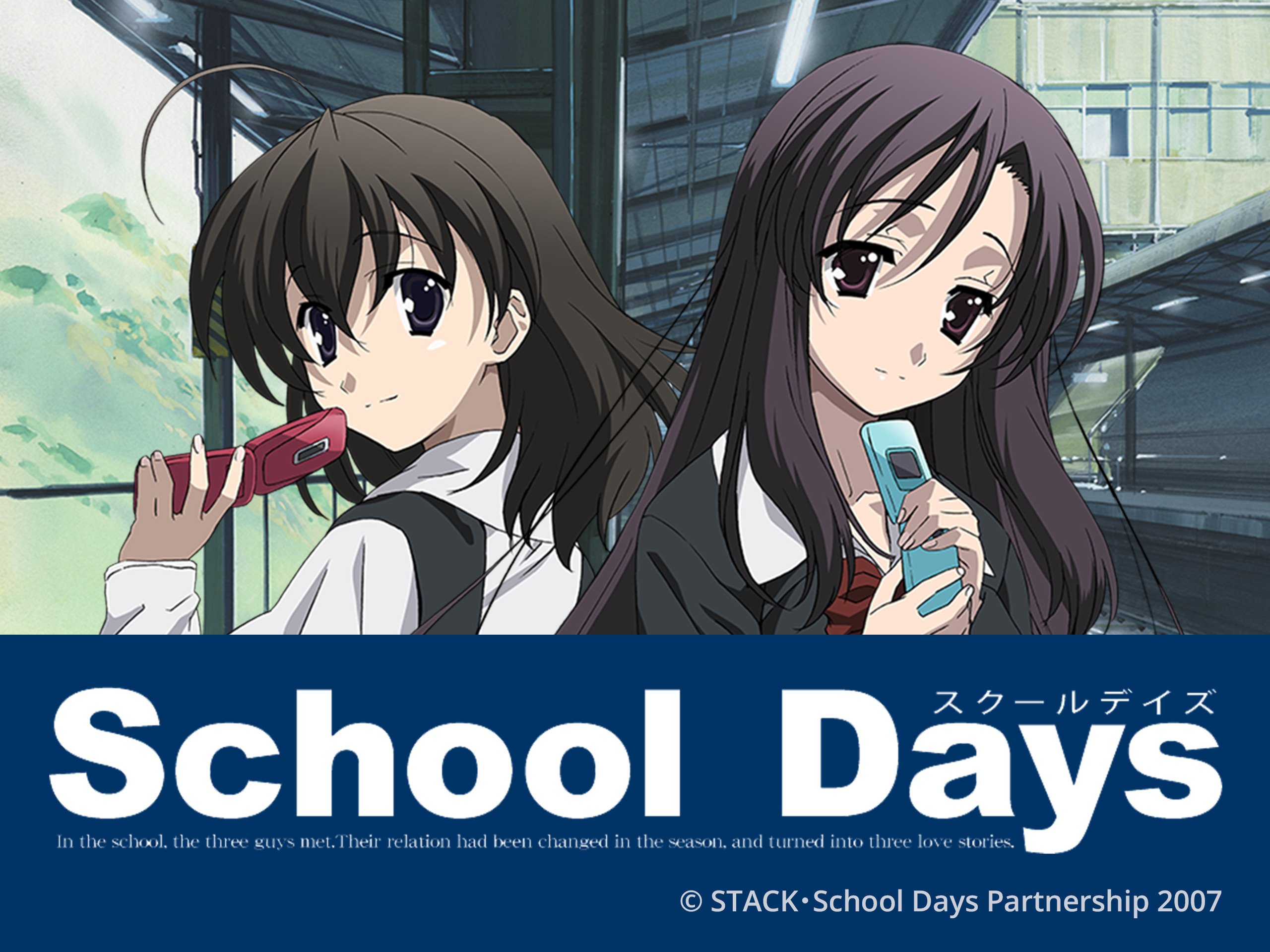
Those are the days I miss and am talking about when I refer to myself as an ‘Anime Veteran’ (insert clown-face emoji here). Anime nowadays only seems to be mindless isekai trash, followed up by a Waifu-of-the-Season or Comedy-of-the-Season. Even when it comes to the good ones, like Blue Lock or Chainsaw Man, the manga is so superior that watching the anime just seems pointless. Yes, the animation is pretty. What else? I wish I could write more about the differences between the anime of my childhood years and the anime of the present day, but that's a story for another day.
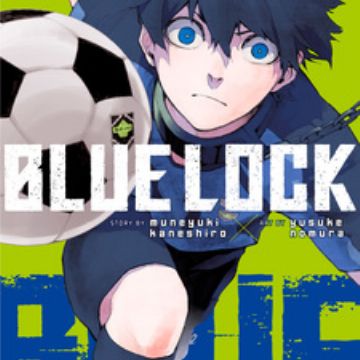
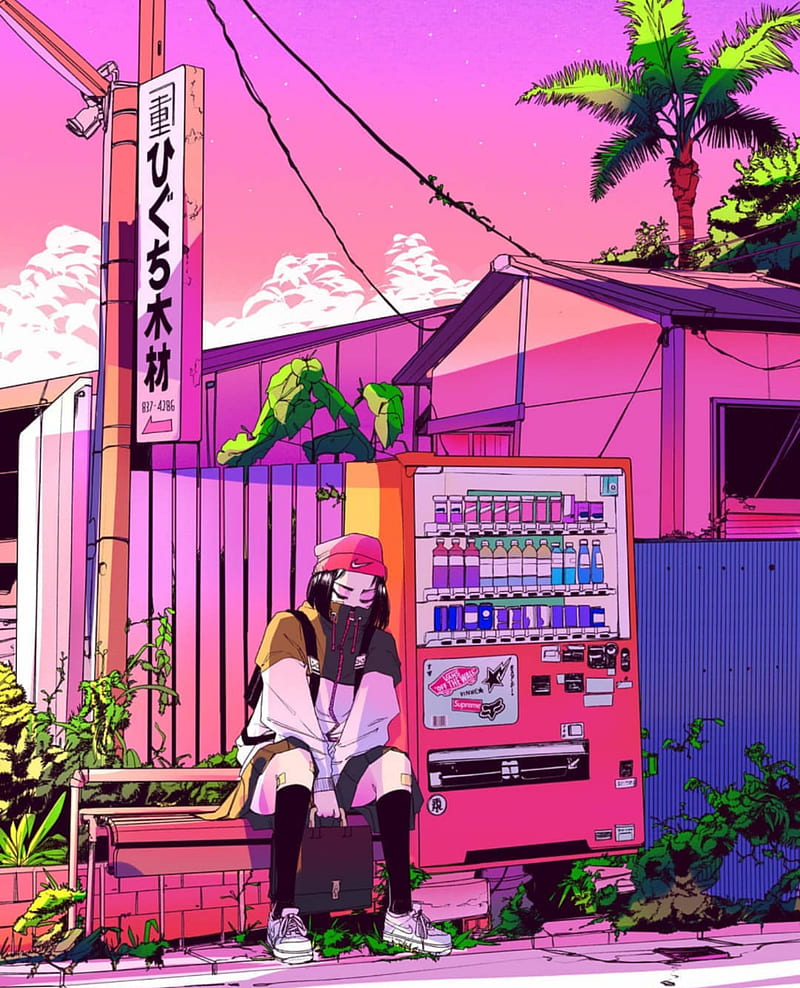
To sum up, some of you might ask, what was the point of this article? Did I really just write a 3000-word piece to rant and complain about the state of anime today? The answer to that is yes; yes, I did. Anime is something I am very passionate about, but I never identified as a ‘Weeb’, at least not the modern definition of ‘Weeb’ that came into force after 2020. More than anything, however, I just wanted to pen down my own thoughts, narrating my experiences as someone who has been consuming anime for almost fifteen years. While I ironically call myself a ‘veteran’ and (not-so ironically) turn my nose up at the newer anime fans, perhaps the ones older than me feel the same way about me. It’s an endless cycle, and guess who’s powerful enough to break it? Is it Saitama, or is it Goku? I’ll let you figure that out by yourselves.
